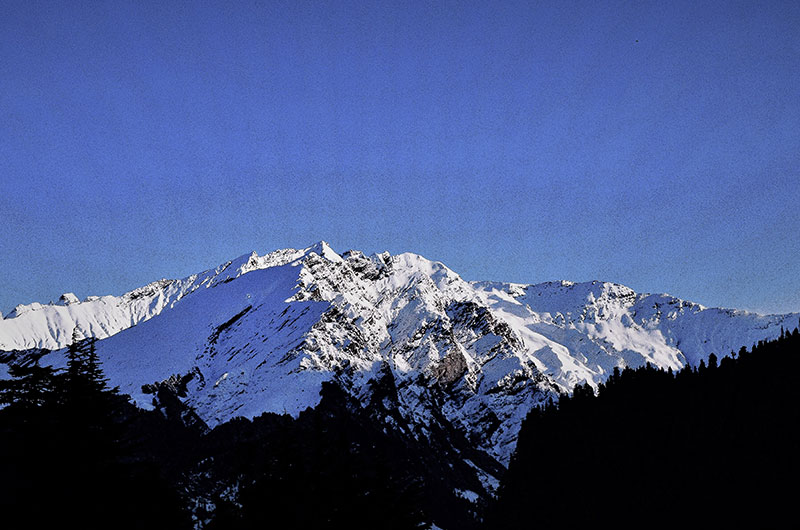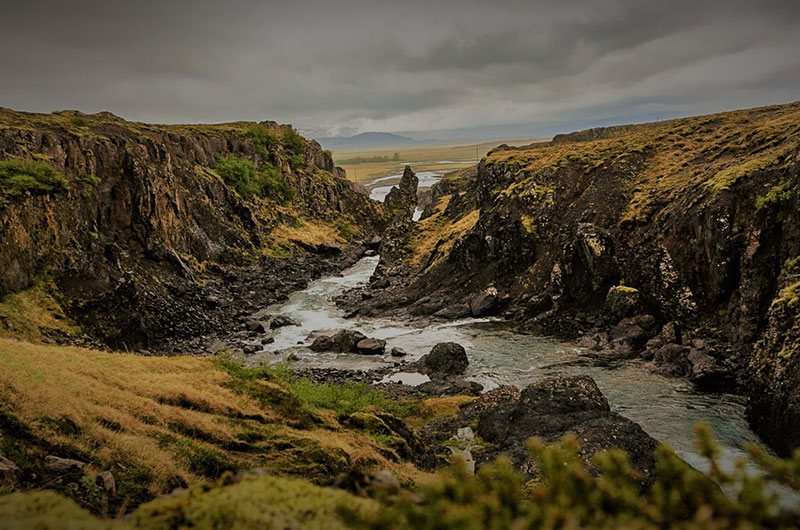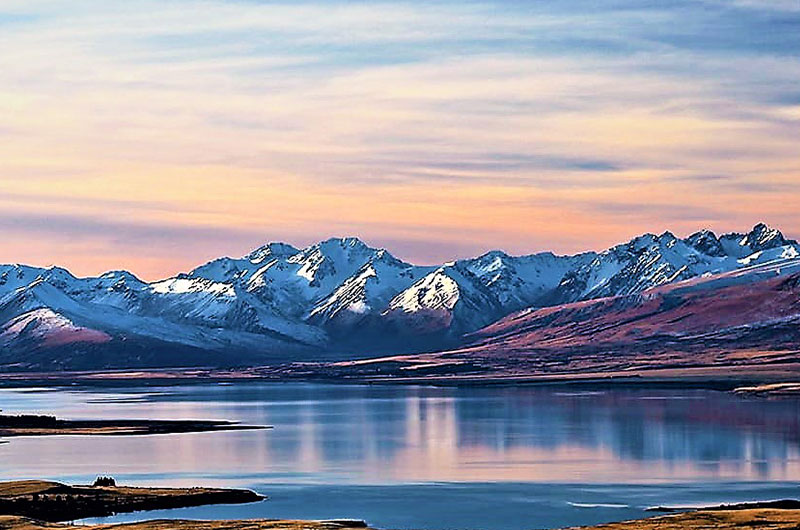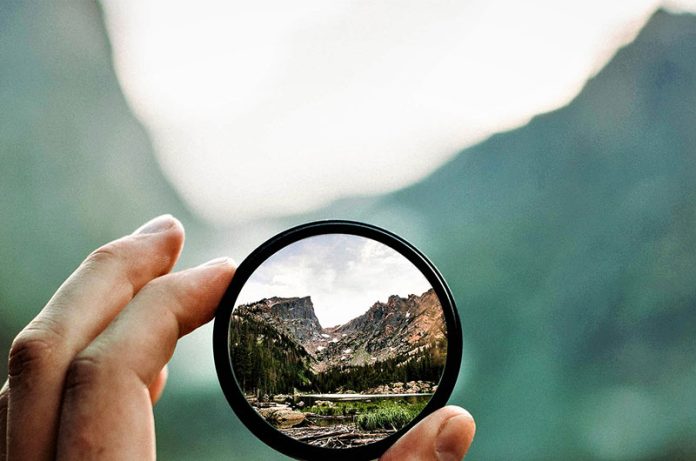There is something reassuring, thought-provoking, and aesthetically pleasing about photographs of mountains. It’s possible that the picture will be of a snow-capped peak, or it may be of a breathtaking sunrise seen through the mountains. Photographers that specialize in nature and landscape photos find mountains to be the ideal setting for taking pictures of their preferred subjects.
The beauty of mountain landscapes captured in photographs may be breathtaking, particularly when the composition has been executed well. However, this is not something that can be done by by clicking the shutter button on your camera. It is possible for it to be quite difficult.

Taking Pictures of Mountain Scenery Landscapes
When you first start taking pictures of mountain landscapes, one of the first things you should familiarize yourself with is the concept of dynamic composition. Images that clearly exude or convey the appearance and feel of the natural world are what are meant by the phrase “natural world photography.”
To put it another way, the dynamic quality of a picture is directly proportional to how realistic it looks to be. When it comes to photographing mountain landscapes, this is a crucial consideration.

It is possible that it will be quite challenging to locate a photograph that has all of the dynamic aspects listed above; but, there are more than enough that have the majority of the traits. On the other hand, you may always practice for as long as you like until you feel comfortable with the majority of the components of dynamic composition, if not all of them. You have this option.
Imagine photographs of mountains that caused you to stop
The foregrounds, middle grounds, and backgrounds of several of them are very gorgeous. An excellent illustration of this would be a panoramic photograph of cloud-cloaked mountains with a placid and glittering body of water (such as a river or the ocean) at the forefront of the image. Elements in the front, the midground, and the backdrop give pictures more life. The majority of the time, viewers will first glance at the backdrop before shifting their attention to the foreground. As a result, you need to have one that is intriguing to look at and aesthetically attractive.

If you want your photographs to have movement, you need learn how to manipulate colors, especially vivid colors. However, take care not to overdo it, since this might result in photographs that are too saturated. Always make sure the colors are in the appropriate proportions.
Where do you intend to make the capture?
Which kind of mountain do you like better—the steep ones or the gentler ones? Do you find yourself drawn to huge slabs of rock? Do you have a preference about the contours of the mountain? Should they be smooth and flawless cones? Or maybe you find more beauty in peaks covered with snow. Before you begin your excursion, you should first choose where you want to take photos and which mountain you want to concentrate your attention on.

Do not overlook the importance of the Rule of Thirds
In a perfect photograph, the sky shouldn’t take up more than one third of the frame. The remaining one third should be used for the foreground and the backdrop (lower part). If your camera has a grid view, use it. If not, use the standard view.
Putting in more effort and time will ultimately result in greater results. Therefore, pack your camera and go out to explore the mountains with you.







